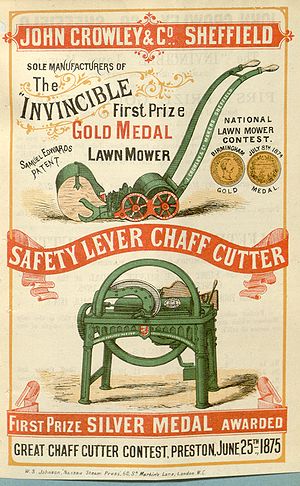Marketing your products and services can sometimes seem pretty hard. There are so many things to do and worry about – the quality of the product, reaching the right people, having the right message.
But, there are four simple steps that can make creating your marketing materials a whole lot easier. It’s based on using a direct marketing concept called AIDA. It sounds like an opera, but using AiDA in your marketing can make a big difference in the results you get. Here’s how it works (in four easy steps).
Step one – Attention
First, get your prospects’ attention. Your promotion won’t work unless your target audience stops and reads (or listens to) your message.
For instance, let’s say you’re selling a solar-powered furnace. Trumpet the savings that your customers enjoy by purchasing your product. For example, “Cut Your Heating Bills by 75%!”
Step two – Interest
Address their interests and outline the problem. In this case, the homeowner’s interest in saving money, and frustration with high heating bills. Then, you can tell them about your solution.
Step three – Desire
Discuss the benefits customers get by using your product. In this case, a solar-powered furnace cuts costs, eliminates reliance on foreign energy sources, and frees you from the whims of large oil companies.
“You’ll stay comfortable and warm all winter long, for only pennies a day. And, there’s a backup system in case of too many cloudy days.”
Step four – Action
Now that your prospects want to learn more about your product, tell them what to do. Ask them to call now, mail a form, etc.
Putting it all together
Imagine you’re standing in front of a room full of women and you put up a big sign that says:
Free Manhalo Blahnik shoes!
Since this is an imaginary room full of mostly women, I bet that would get their attention.
Now why?
One, you said FREE – everyone likes free stuff
Two, you said shoes to a room full of women and women love shoes.
Three, you said the free shoes were famous designer shoes – and they were FREE
Four, you told them where to go to get the shoes (go that way).
Now, you try it. Share your ideas here.






